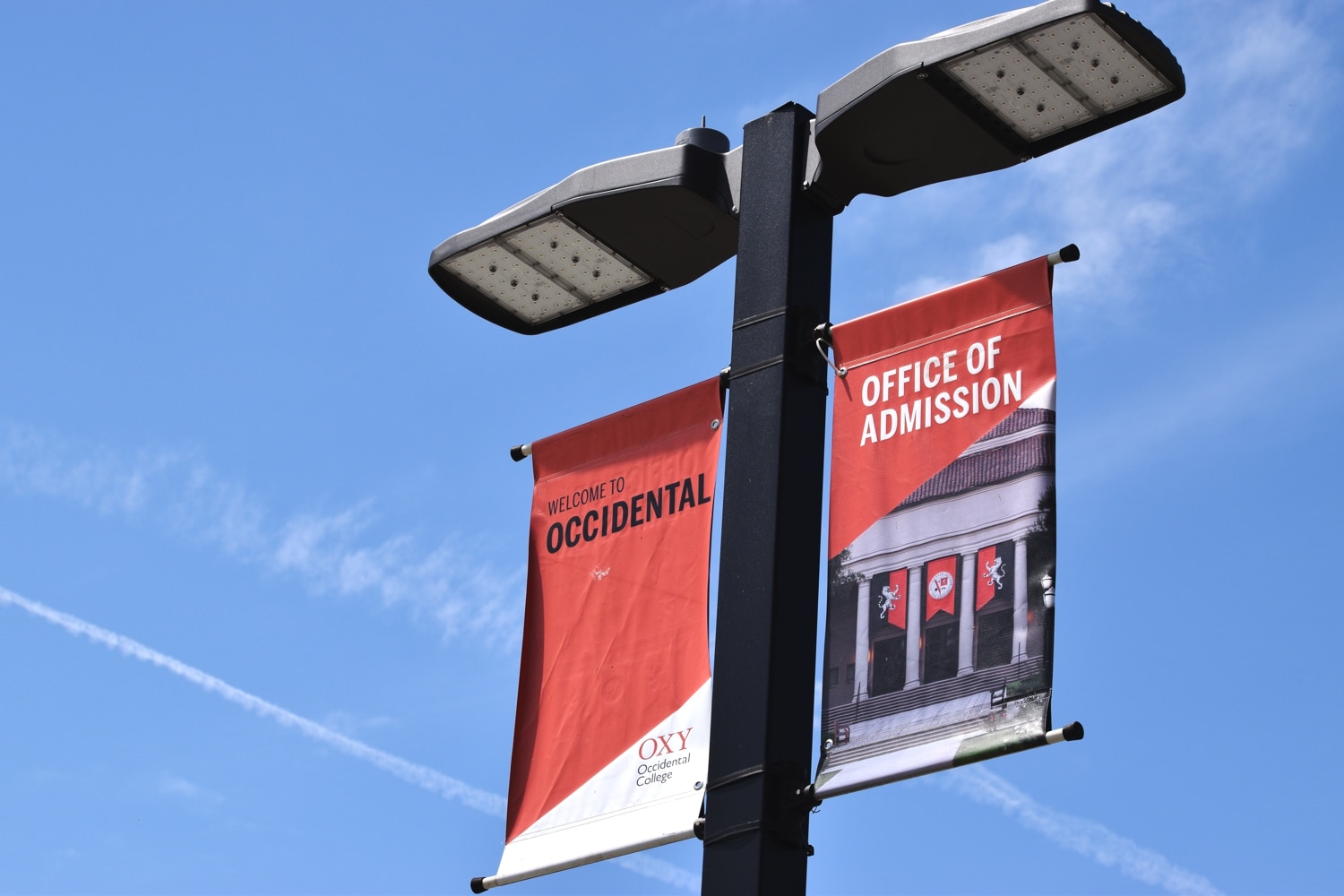
Since their inception in 2022, ChatGPT and other large language models have taken the world by storm. Using algorithms trained on text-based databases, artificial intelligence (AI) machine learning models can perform various tasks, from writing poems to passing the bar exam. According to Danny Gonzalez (first year), one of ChatGPT’s best assets for students lies in its ability to present information in a shorter, more comprehensible way.
“I hear a lot of people say they use AI,” Gonzalez said. “For instance they’ll punch in a text and say ‘summarize this for me’ or ‘give me the main points of this’ and they’ll get something back, or they don’t understand the topic so they ask ChatGPT to explain it.”
Nathan de Silva (first year) said he uses AI for clarity purposes as well.
“I don’t use it every time and when I do use it, it’s for typically definitions or, on occasion, to help me write a conclusion,” de Silva said. “It can use your language to explain things in ways you’ll understand.”
De Silva said he and his friends also use ChatGPT to take notes and provide examples of concepts they learn in class. He said he is aware that not all of his teachers encourage the use of AI. According to Cognitive Science and Computer Science professor Justin Li, the conversation among faculty about the use of AI has shifted.
“We are slowly moving away from ‘How do we stop students from using large language models’ to ‘How do we better incorporate them into our classes?’” Li said. “AI is forcing us to really think about whether our current assessment of students is getting at what we want students to learn. With AI, I think ‘OK, students can write this paper. Do they actually understand the concepts?'”

Li said instead of essays, he has students participate in one-on-one interview-style assessments with him in person, where they are expected to explain their knowledge. According to Li, faculty should evaluate the process of a student’s thinking rather than the final product.
According to Science Librarian Kathleen Makarewicz, Keenious is a research database that uses AI to recommend articles relevant to a user’s paper. The library is currently trialing Keenious for the 2024-25 academic year. Makarewicz said what distinguishes Keenious from typical database searches is its ability to use natural language, rather than a few specific keywords, to find relevant articles.
“It can take a sentence, it can take a paragraph, it can take your entire paper and use AI to grab keywords out of the paper but also grab the context of those words. Then it gives you a list of research articles that match what it thinks you’re saying,” Makarewicz said.

Makarewicz said she hopes Keenious will be another tool that assists students and faculty in their research. She cautioned, however, that Keenious’s services are strictly reserved for research purposes only.
“It’s not going to write anything for you, it doesn’t summarize anything for you, it just gives you a list of results. Then you can look at it, read the abstract and decide whether or not that paper’s going to work or going to answer your question,” Makarewicz said. “Critical thinking is going on. It’s not doing the work for you.”
Li said she worries that people place too much faith in the accuracy of ChatGPT’s answers.
“People are definitely trusting large language models more than I think they should,” Li said. “At least for me, it takes about as much time to verify that ChatGPT is correct as it does for me to just write the thing itself.”
According to Makarewicz, the process of learning suffers when AI is overused.
“Part of brain development and learning is having to struggle sometimes with ideas and concepts,” Makarewicz said. “If it’s going to do everything for you, where does that leave your brain in terms of creativity and innovation?”
Contact Benjamin Choe at bchoe@oxy.edu
![]()


































